

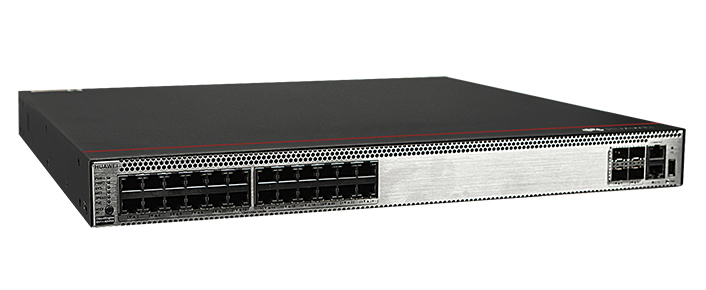
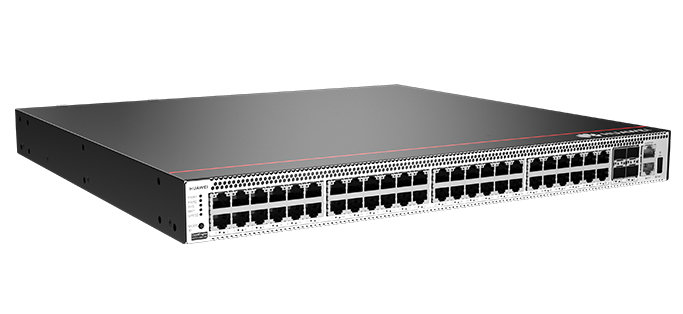

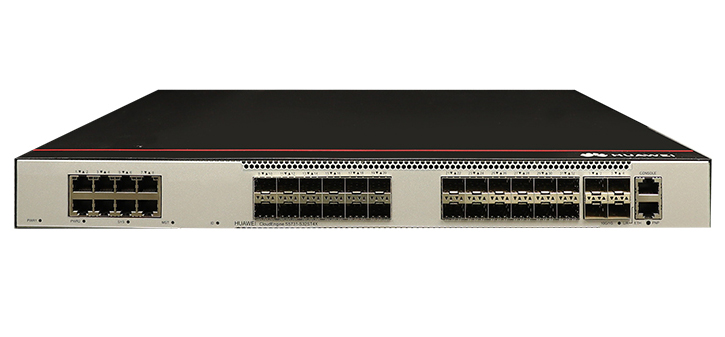
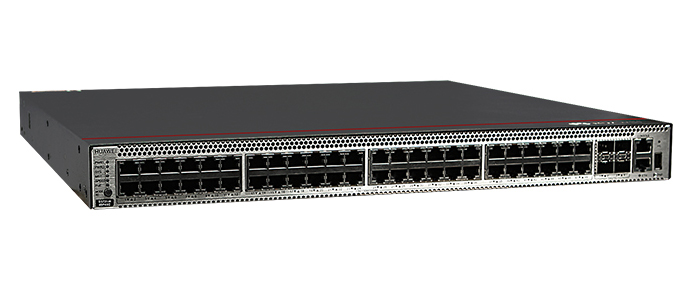
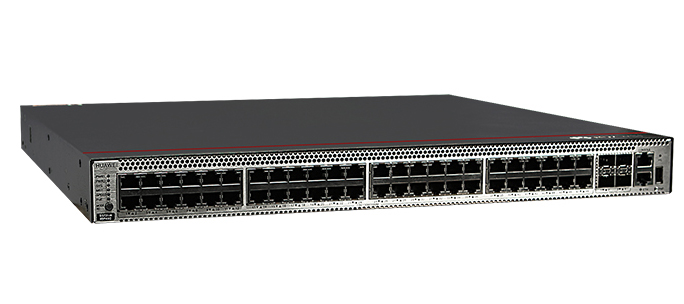

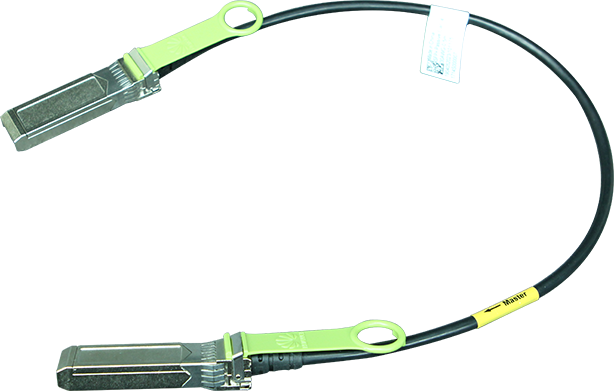
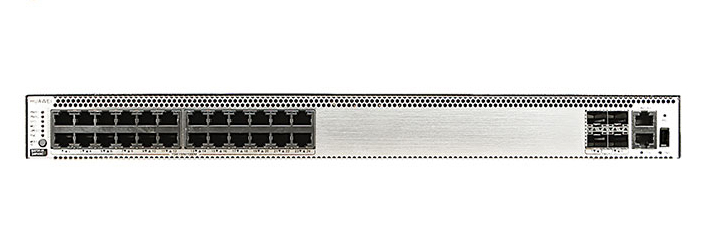

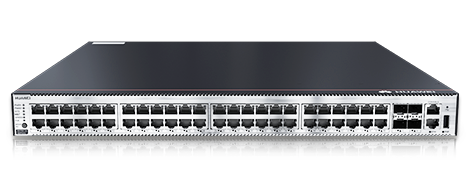
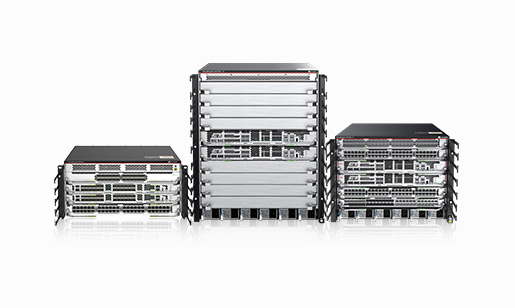
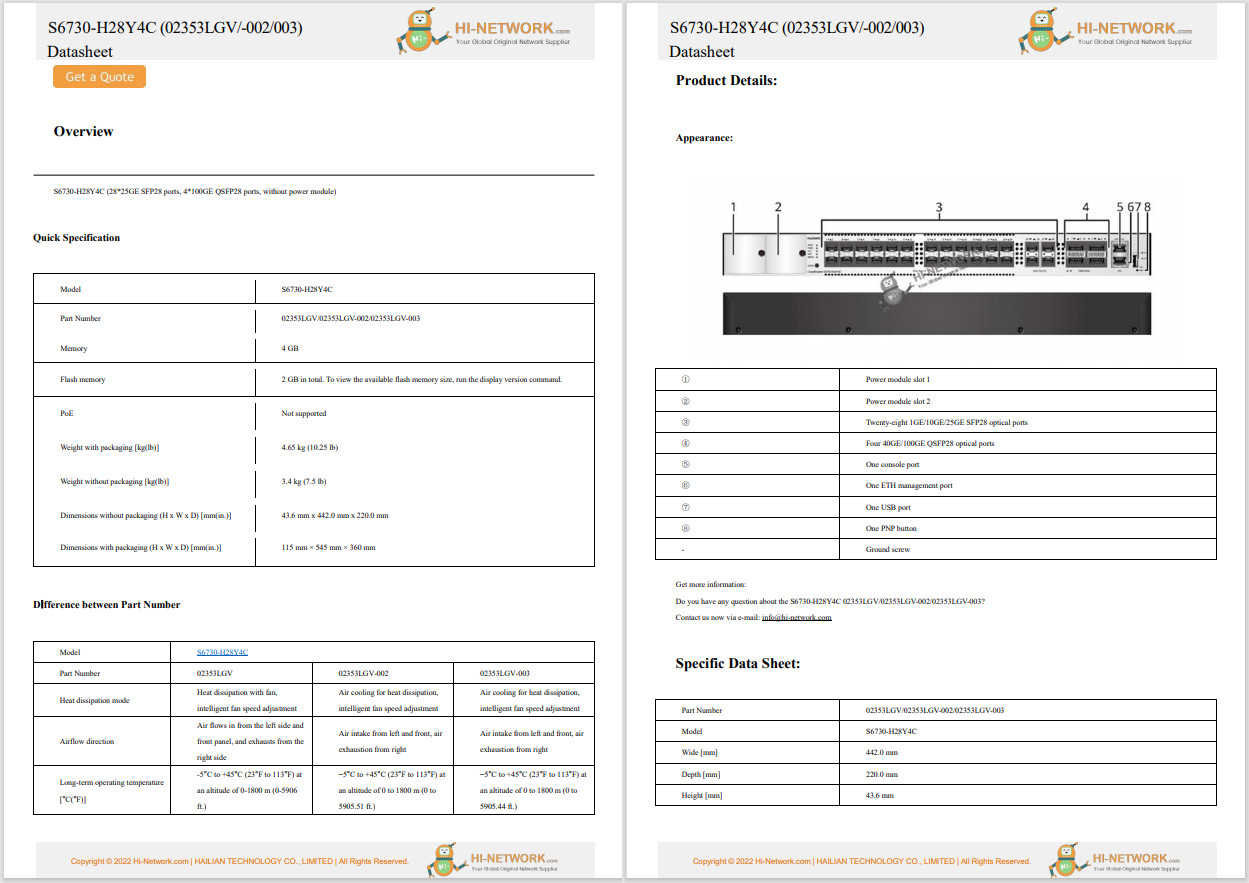





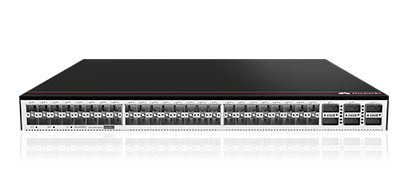
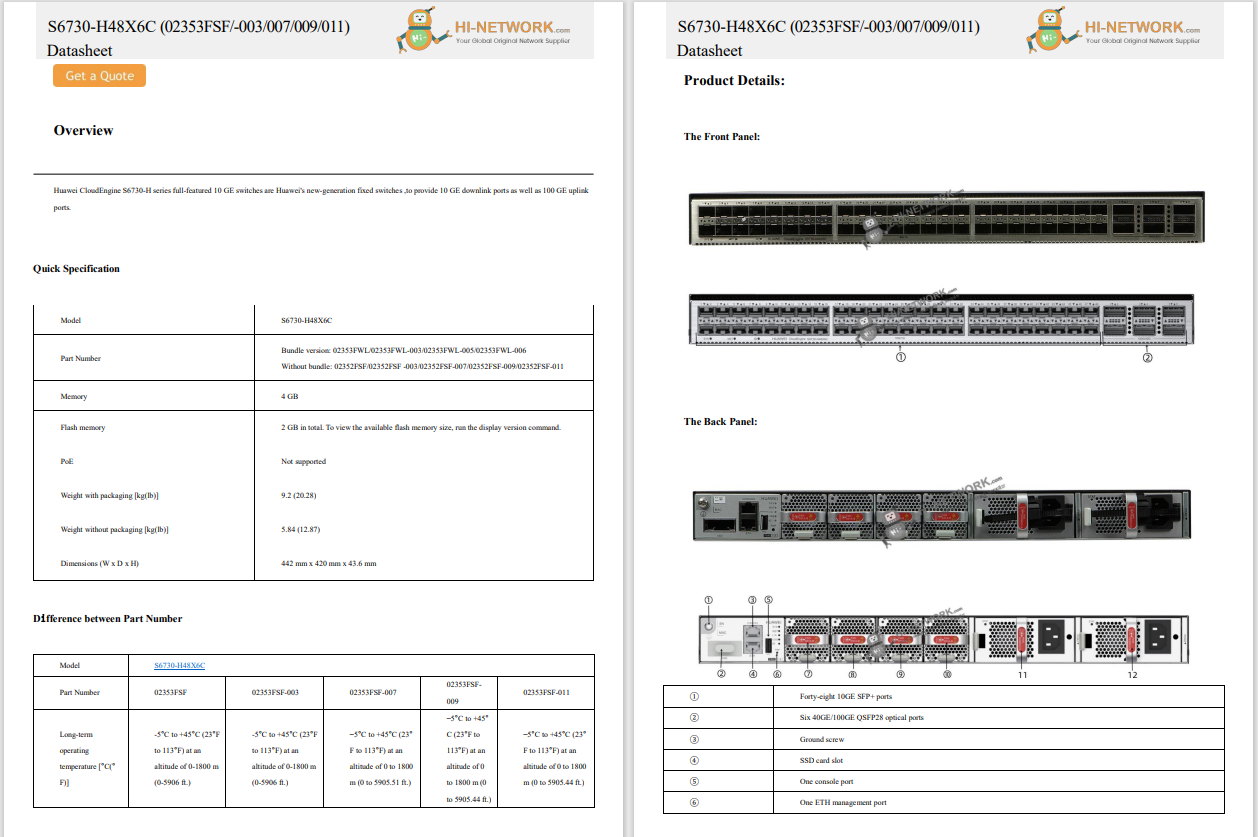
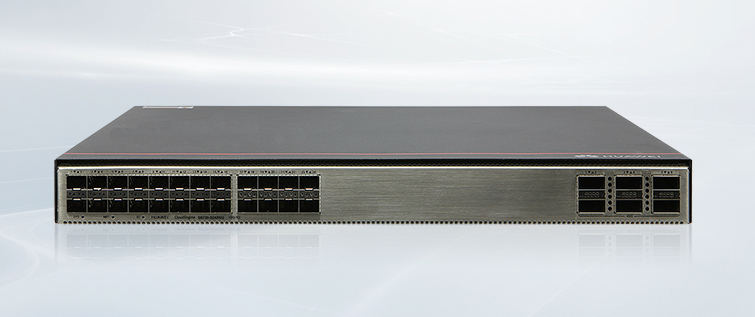


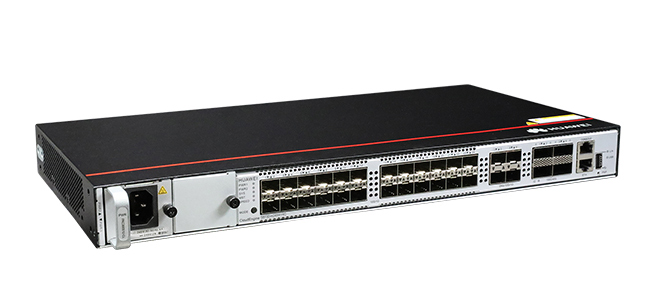
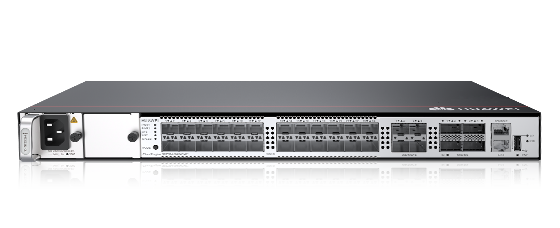
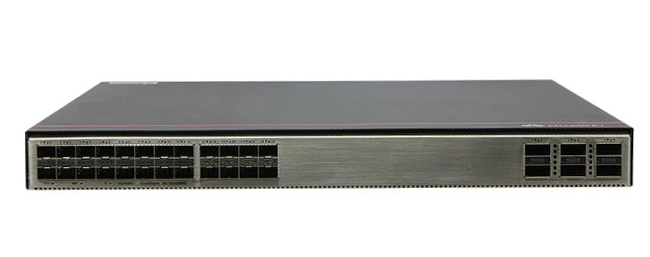


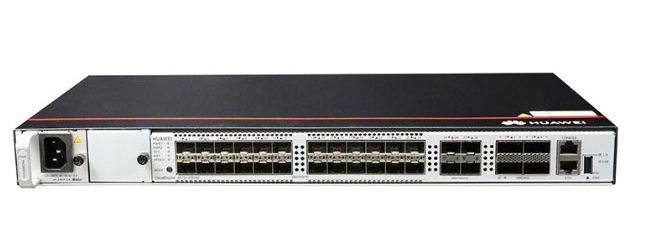
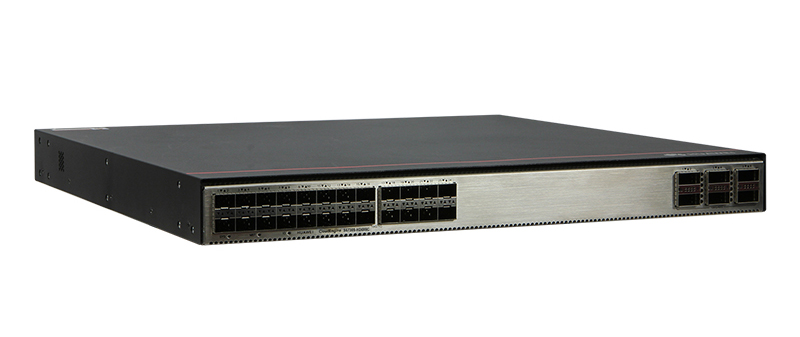

At Amazon, both color options of theAqara U100 Smart Lock are currently on sale. The Silver model has dropped to$160 while the Gray variant costs$190.
Aqara's first Apple Home Key smart lock in the US arrived after the company offered many Home Key-compatible smart locks outside the country. Was the wait worth it? I've had theAqara U100 for over a year, and the short answer is: Absolutely.
Also: Time to ditch Ring? This video doorbell has all the benefits and no subscription
Getting the Aqara U100 on my front door was reasonably simple, even though my specific review unit didn't come with instructions. It took a few minutes to figure out which piece goes on before the other, but a deadbolt is a pretty straightforward mechanism, so it was easy. The entire process took less than 15 minutes.
The Aqara U100 smart lock is the first in the US to combine Apple Home Key, keypad, fingerprint, NFC tags, and a physical key for unlocking options.
Once the U100 smart lock was on the door, I set it up with the Aqara app on my iPhone and connected it to anAqara M2 Hub
Although an Aqara Hub isn't necessary to use the basic features of the smart lock, you do need one to perform remote lock and unlock actions, view the current lock status, configure password settings from your phone, and create automations with other Aqara devices.
I used the Aqara Hub M2 to set up the U100 lock.
Without a hub, the U100 smart lock can only connect to your phone via Bluetooth and be controlled as long as you're within Bluetooth range.
The Aqara U100 smart lock is unique in the US, as it's the only one on the market to offer the following unlocking options in one:
Although I didn't find the Aqara mobile app very intuitive, I loved the features available for the U100 lock. You can add other users and give them each a unique unlocking method. For example, I've always given myself a passcode and a fingerprint to track who entered and how when checking the lock's event history.
The lock blends seamlessly alongside my door.
The app also lets you customize alert settings and choose the voice volume and language for any voice alerts during the locking operation. Thanks to a built-in gyroscope for motion detection, you can set the device to auto-lock when the door is closed (no extra modules are required).
That said, it wasn't all sunshine and automatically locked doors. I sometimes struggled with the app's beta features, especially when it came time to get the U100 to lock behind me or when I swiped it. At one point, I had to go back inside to find the mechanical key because it wasn't working. I later realized this happens when the lock's battery life ends after three to four months.
While my experience was mostly positive, I found the app very slow and unreliable at giving me the lock status, even when my phone was within Bluetooth range. Sometimes, it would just give me the wrong status and say the door was locked when I could see clearly that it wasn't, but this was resolved after a few months and some updates.
The Aqara U100 smart lock has a hidden keyhole.
Why do I still love the Aqara U100? The pros outweigh the cons, and the firmware upgrades keep improving performance.
Considering how elaborate smart locks can get, I went into this review biased toward the simplicity of the Level Lock+ and the sleek design of the Yale Assure Lock SL. The additional unlocking features that make theAqara U100 unique turned me around.
Being able to consistently (and flexibly) unlock my door with either my fingerprint or Apple Watch, and not one or the other, has added the exact amount of convenience to my life that I look for in all smart home devices.
While many sales events feature deals for a specific length of time, deals are on a limited-time basis, making them subject to expire anytime. remains committed to finding, sharing, and updating the best offers to help you maximize your savings so you can feel as confident in your purchases as we feel in our recommendations. Our team of experts constantly monitors the deals we feature to keep our stories up-to-date. If you missed out on this deal, don't worry -- we're always sourcing new savings opportunities at .com.
The recent US tariffs on imports from countries like China, Vietnam, and India aim to boost domestic manufacturing but are likely to drive up prices on consumer electronics. Products like smartphones, laptops, and TVs may become more expensive as companies rethink global supply chains and weigh the cost of shifting production.
Also: Tariff war has tech buyers wondering what's next. Here's what we know
Televisions, many of which are manufactured in these nations, may experience price increases of up to 20%, making them less affordable for consumers. Manufacturers contemplate relocating assembly operations to countries with tariff exemptions, but such moves involve logistical challenges and substantial costs. Companies like Samsung, which produces a significant portion of their TVs in Mexico, anticipate being less affected than competitors relying heavily on Chinese manufacturing.
Overall, consumers should brace for higher prices and potential shifts in product availability within the home entertainment market.
Looking for the next best product? Get expert reviews and editor favorites with Recommends
 Hot Tags :
Home & Office
Smart Home
Home Security
Hot Tags :
Home & Office
Smart Home
Home Security